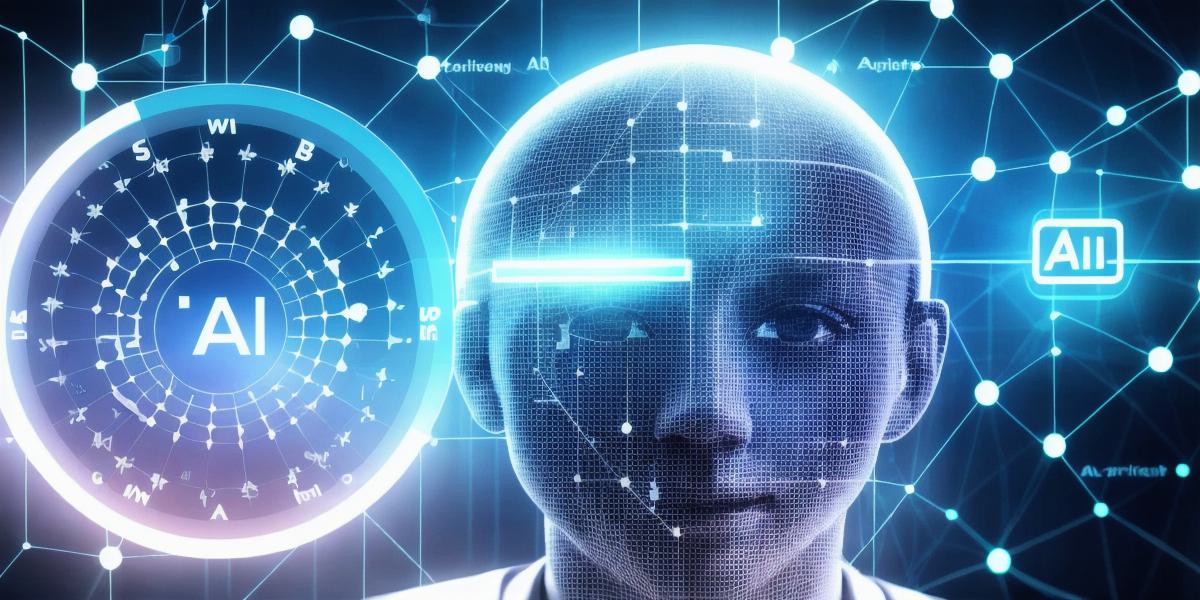Exploring the Intersection of AI and Web3: What You Need to Know

In recent years, web3 has emerged as a revolutionary technology that is set to transform the internet as we know it. At its core, web3 is all about decentralization, openness, and interoperability. This new paradigm is designed to empower individuals, businesses, and organizations by giving them more control over their data, applications, and services.
One of the key components of web3 is artificial intelligence (AI). AI is a powerful tool that can be used to automate tasks, improve decision-making, and enhance user experiences. When combined with web3, AI can help create more intelligent, personalized, and efficient systems that are better suited to meet the needs of users and businesses.
In this article, we will explore the intersection of AI and web3 and look at some of the key trends and developments in this area. We will also discuss the challenges and opportunities that lie ahead for developers, businesses, and consumers alike.
AI and Web3: A Match Made in Heaven?
At first glance, it might seem like AI and web3 are two completely different technologies. AI is all about creating intelligent machines that can learn, reason, and make decisions on their own. Web3, on the other hand, is all about building decentralized systems that are more open, interoperable, and resilient than traditional centralized systems.

However, upon closer inspection, it becomes clear that AI and web3 have a lot in common. Both technologies are designed to empower individuals and organizations by giving them more control over their data and resources. They also share a commitment to creating more efficient, effective, and personalized systems that can meet the evolving needs of users and businesses.
One of the key ways that AI and web3 intersect is through the use of smart contracts. Smart contracts are self-executing contracts with the terms of the agreement between buyer and seller being directly written into lines of code. They are designed to automate processes, reduce costs, and increase transparency. By combining AI with smart contracts, developers can create more intelligent, adaptive, and self-learning systems that can automatically respond to changing conditions and user preferences.
Another way that AI and web3 intersect is through the use of decentralized machine learning. Decentralized machine learning involves using distributed networks of computers to train and deploy machine learning models. This approach has several advantages over traditional centralized approaches, including increased privacy, security, and scalability. By leveraging the power of decentralized machine learning, developers can create more intelligent, personalized, and secure systems that are better suited to meet the needs of users and businesses.
Real-Life Examples of AI and Web3 in Action
There are already several real-life examples of how AI and web3 are being used together to create more efficient, effective, and personalized systems. Here are a few examples:
- DeFi Applications: Decentralized finance (DeFi) applications are built on top of web3 technologies like blockchain and smart contracts. These applications use AI to automate processes, improve decision-making, and enhance user experiences. For example, DeFi applications can use machine learning algorithms to predict market trends, identify potential risks, and recommend investment strategies.
- Supply Chain Management: AI and web3 are being used together to create more efficient and transparent supply chain management systems. These systems use smart contracts to automate processes like order fulfillment, inventory management, and payment processing. They also use machine learning algorithms to predict demand, identify potential issues, and optimize logistics.
- Personalized Healthcare: AI and web3 are being used together to create more personalized and effective healthcare systems. These systems use blockchain technology to securely store and share patient data, and machine learning algorithms to analyze that data and recommend treatment plans








